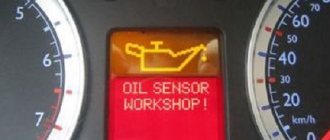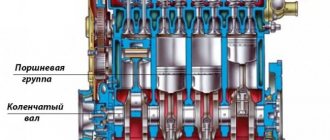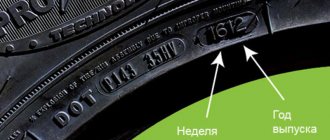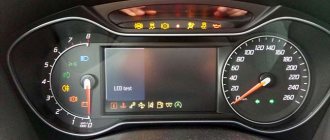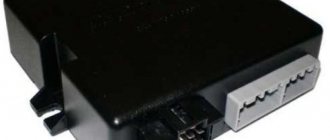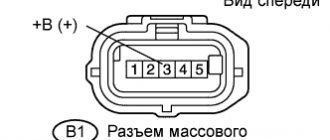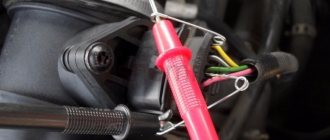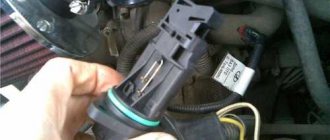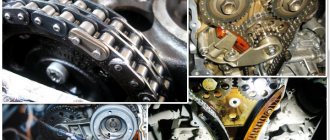Some car enthusiasts are afraid that when the ABS light is on, it somehow affects the operation of the braking system as a whole. They urgently begin to scour the entire Internet in search of an answer to why the ABS light is on and what to do. But don’t panic so much, the brakes on your car should be in perfect order, Only the anti-lock system will not work.
We propose to figure out together what will happen if you drive with a non-working anti-lock braking system. Let's look at all the common causes of problems and methods for eliminating them. To understand the operating principle of the system, we recommend reading about ABS.
What is ABS
The anti-lock braking system does not allow the wheels to “stand up” during sudden braking, dosing the deceleration force. ABS usually increases braking distance, but leaves the driver with controllability. A modern ABS system may also include traction control, dynamic stabilization devices and a brake assist system (BAS). A complex of such systems works for the benefit of active vehicle safety.
The ABS device includes several main components, including:
- Wheel speed and acceleration sensors located directly on the hubs;
- Hydraulic unit, including solenoid valves, pump and hydraulic accumulators (actuators);
- An electronic control unit (ECU) that ensures the system operates in the most efficient mode. Based on the information collected from the sensors, the device sends commands to the ABS actuators.
Working principle of ABS
The task of ensuring active safety of vehicles is the ability to control during sudden braking. Preventing skidding is the job of the wheel lock prevention system. It consists of the following components:
- control valves in the hydraulic line;
- wheel rotation sensors installed on the vehicle hubs;
- block that controls the operation of the valves.
The last component receives signals from rotation sensors and, when a mismatch occurs, regulates the pressure of the working fluid supplied to the brake cylinder. This distribution allows you to reduce the deceleration distance and ensure the stability of the vehicle in emergency situations. However, when driving on loose soil or gravel, activated ABS, on the contrary, can negatively affect control.
Reasons for the anti-lock braking system light to come on
Normally, the ABS indicator on the instrument panel lights up for a few seconds and goes off every time the engine is started. If the icon is not displayed at this moment, the system is inactive and needs to be checked. There may be several reasons why the ABS light comes on:
- Broken wires;
- ABS sensors are dirty, disconnected or faulty;
- The ring gear on the wheel hub is damaged;
- The electronic system control unit does not function.
Regardless of the reason for which the ABS is on, the standard on-board computer collects information about the problems and analyzes it to generate an error code. The detection of a specific malfunction is indicated by the same warning light.
